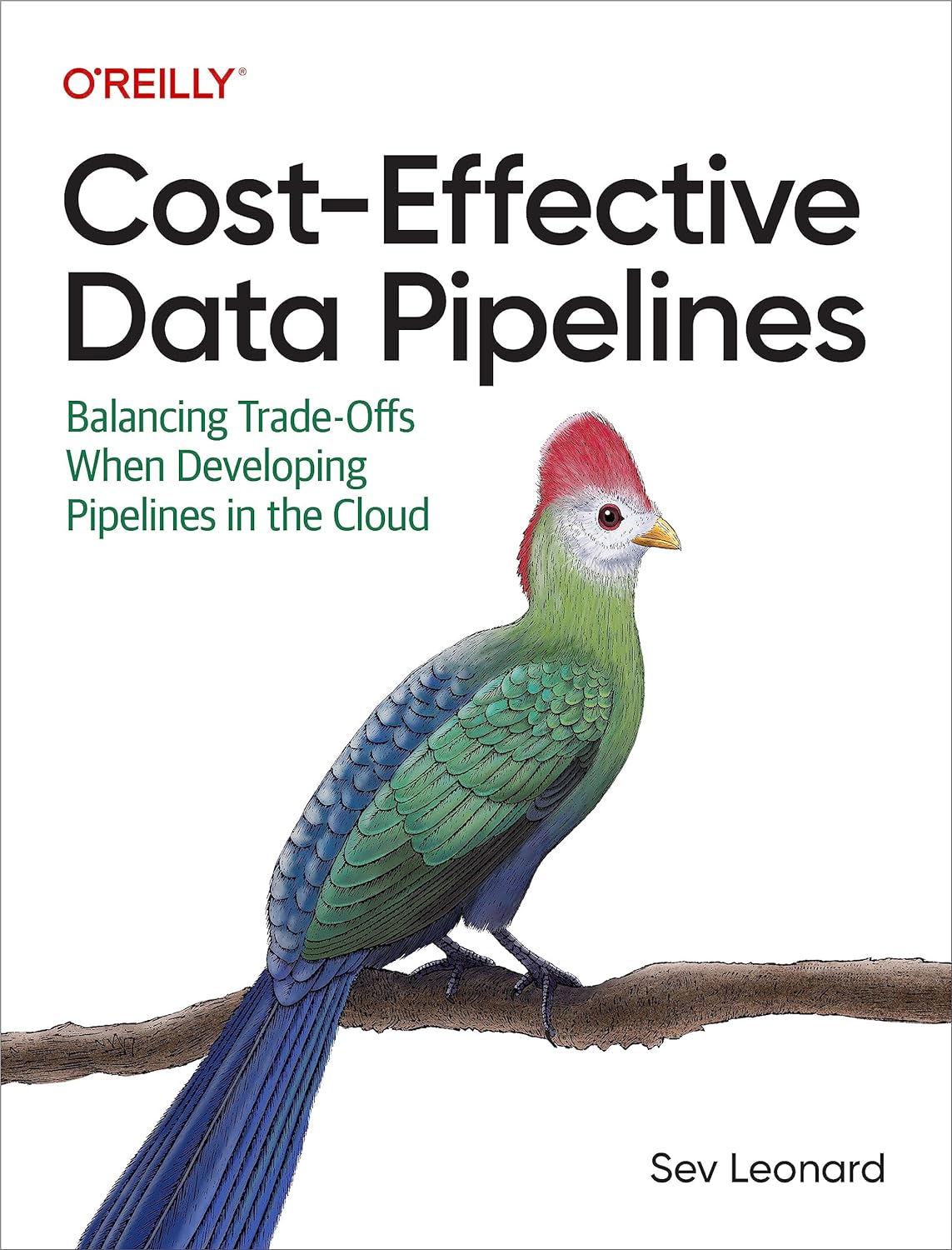In today’s fast-paced business environment, network management is a critical aspect of keeping your organization running smoothly. However, managing a network can be costly, especially for small and medium-sized businesses with limited resources. Fortunately, there are several strategies that can help you effectively manage your network without breaking the bank.
One of the most important strategies for cost-effective network management is to invest in the right tools and technologies. While it may be tempting to cut costs by using outdated equipment or software, doing so can actually end up costing you more in the long run. By investing in modern, reliable networking equipment and management software, you can improve the efficiency and reliability of your network, reducing the likelihood of costly downtime and maintenance issues.
Another key strategy for cost-effective network management is to prioritize proactive maintenance and monitoring. By regularly monitoring your network for potential issues and addressing them before they become major problems, you can prevent costly downtime and minimize the need for expensive repairs. This can be achieved through the use of network monitoring tools that provide real-time visibility into the performance of your network, allowing you to quickly identify and address any issues that arise.
Additionally, implementing a solid network security strategy is essential for cost-effective network management. A data breach or cyber-attack can have devastating consequences for your organization, both in terms of financial losses and damage to your reputation. By implementing robust security measures, such as firewalls, encryption, and regular security audits, you can protect your network from external threats and minimize the risk of a costly security breach.
Lastly, outsourcing certain aspects of network management can also be a cost-effective strategy for small and medium-sized businesses. By partnering with a managed service provider (MSP) or IT consultancy, you can leverage their expertise and resources to effectively manage your network at a fraction of the cost of hiring and training in-house staff. Outsourcing network management can also provide you with access to the latest technologies and best practices, helping you stay ahead of the curve and maximize the performance of your network.
In conclusion, cost-effective network management is essential for small and medium-sized businesses looking to maximize the efficiency and reliability of their network infrastructure. By investing in the right tools and technologies, prioritizing proactive maintenance and monitoring, implementing robust security measures, and considering outsourcing certain aspects of network management, you can effectively manage your network without breaking the bank. By following these strategies, you can ensure that your organization’s network remains secure, reliable, and cost-effective in the long run.



















